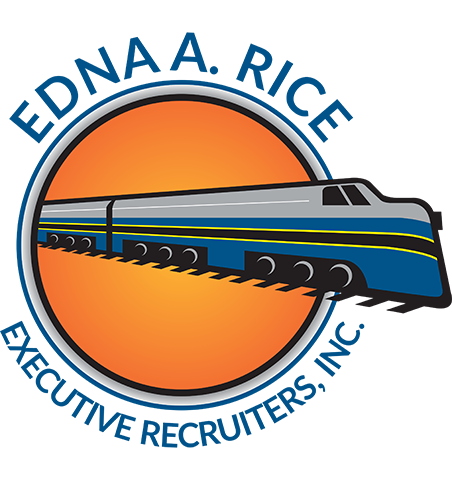News & Events
Is Recruiting Your #1 Job Priority?
Globally, the most competitive businesses who attract top talent are in a constant recruiting posture. But the reality is that ninety-five percent of organizations only begin the recruiting process when they have a need or a position opens. Which means, recruiting for the best talent in transportation typically begins when it is already too late. Today recruiting in transportation is still an afterthought versus a strategic part of the business.

Competitive, world-class organizations and leaders have recruiting for talent as a #1 job priority.
Consider professional athletic teams’. Scouts are watching videos, analyzing performance stats, going to games, wondering what each athlete could bring to the team if certain conditions exist. In other words, they are constantly understanding competitive situations and building a “roster” for each scenario. Professional scouts/recruiters know where to pull the next shortstop, goalkeeper, or quarterback when their current one is struggling. They certainly do not wait until someone quits, underperforms or the competitive landscape changes. Teams/organizations that “win” are in a constant recruiting process. They anticipate needs of the future business and understand exactly where they are headed and begin building potential rosters. In other words, leaders build depth charts with identified, internal and external, talent pools to ensure an evolving organization.
Management generated turnover in an organization is good and necessary for high-performing teams. Constant recruiting allows a leader to upgrade a team, pivot the direction of a team and be prepared when opportunity knocks. For example, have you ever been on a team with almost zero turnover? What happens? The team performance settles into the “lowest common denominator”. Every player on the team must be only “as good as” the weakest link because that is the performance level deemed acceptable. When we see teams with “appropriate” management created turnover, we see teams who are always challenged to raise the standard of performance as new talent brings in new energy to perform and find new ways of being successful. Talent that is sourced prior to an immediate need enables the leader to focus on people who look to challenge the status quo, understand where the needs of the business are headed and incent the entire team to raise the bar. When we “need” to fill a position we often take the best of what is available at the time versus hiring the best talent. The proactive leader is not looking to just fill a spot on an existing org chart. Think about it, once a team wins the Superbowl or the Stanley Cup, do they wait for next year to compete with the same winning team. No! Instead, the coaches and recruiters/scouts look to see how the environment is changing and plan to fill in weaknesses proactively. Winning teams do not wait until someone quits or underperforms to change talent, it is done strategically to ensure we have the right people to bring the organization to where it is headed, not where it has been.
A leaders’ number 1 priority is to create dynamic teams that are prepared to take the organization where it needs to go versus where it has been. The highest performing teams hire talent who can take the organization where it is going versus where it has been. Consider how hiring in transportation goes in so most cases. A candidate is contacted, or the candidate finds a job opening. The candidate reads a job description and assesses his/her ability to perform the role. In a majority of cases today, the job description is a bullet pointed list of what the last “occupant” or quite frankly the last several occupants have been accountable. In the past 10,5 or quite frankly 2 years our industry has changed dramatically. Technology is being introduced; people enter the business who have never worked on the front-line, competition is changing, modes of transportation are evolving, and the talent market has many other choices that appear “sexier”. With the dramatic changes we continue to recruit for people based on old job descriptions, outdated visions of our industry and look for people who have walked the appropriate rungs of the ladder. This outdated way of hiring does not attract the most creative and innovative thinkers, it attracts a talent pool of the status quo. We need to begin thinking about how our organization will look in 5 years, what will be asked of us and what abilities will it take to get us there and begin hiring based on future needs versus our past. Get rid of job descriptions that are more than 3 months old. Put in the effort and think about how the changes in our industry have impacted our hiring needs. We need talent who can drive us to the future! In the words of the great Wayne Gretzky, “I skate to where the puck is going to be, not where it has been”.
If you want to discuss in more detail, please email me at debbie@ednarice.com or call 713-447-9569.
Download PDF